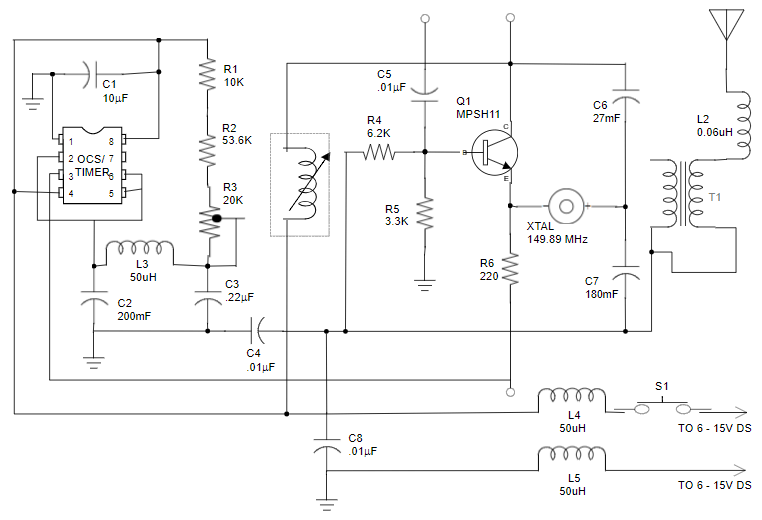

Amperes or an amp is the unit measure of the strength or rate of flow of electrical current. This flow of electrons is measured in units called amperes. Voltage is the amount of pressure forcing the water through the hose. If you think of a garden hose as an example, current is the amount of water flowing through the hose. Electrical current is the measure of the flow of these electrons through a conductor or the electricity flowing in a circuit or an electrical system.

As electrons move from a negatively charged area to the positively charged area, this movement of electrons between atoms is called electrical current. In other words, it’s the pressure or force that makes electrons move in a certain direction within a conductor. Think of voltage as the electrical pressure that exists between two points in a conductor, or the force that causes the electrons to move in an electrical circuit. Voltage (sometimes referred to as electromotive force) is the representation of the electric potential energy between two points in an electric circuit, expressed in volts. Remember the three elements of electricity voltage, amperage, and resistance. The following information will help you review the elements of electricity, identify techniques for understanding circuits, resistance, load, check open circuit voltage or available voltage, and voltage drop. DC Power Sourcesĭirect current (DC) power sources provide electric current that flows in a constant direction.Understanding basic automotive electrical operation is essential to your basic skills and helps your ability to diagnose root causes and repair electrical conditions.

Every functional electronic circuit needs to have a DC or AC power source. Power sources supply electrical energy to a circuit in the form of voltage and current. After this article, I recommend reading How to Analyze Circuits, where we discuss more advanced circuit analysis techniques like Kirchhoff’s Current Law and Kirchhoff’s Voltage Law. You should also be able to get a rough idea of how the circuit works, just by looking at the schematic.

It’s not enough to just be able to recognize the components in a schematic. The main goal of this tutorial is to show you the essential schematic components you should know. Each physical component (i.e resistor, capacitor, transistor) has a unique schematic symbol. To start developing your schematic reading abilities, it’s important to memorize the most common schematic symbols. The ability to read electrical schematics is a really useful skill to have.


 0 kommentar(er)
0 kommentar(er)
